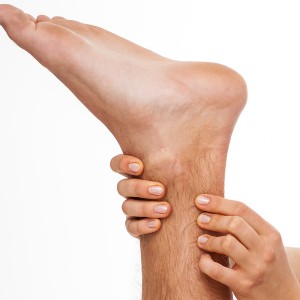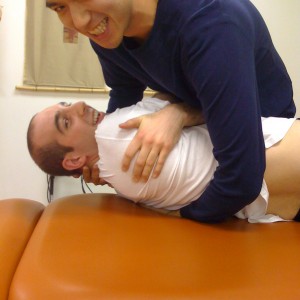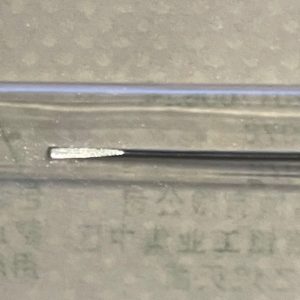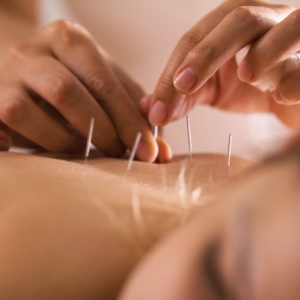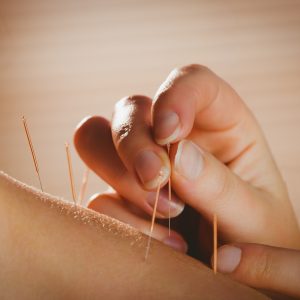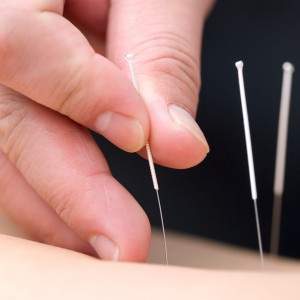Acupotomy / Knife needle / Dao needle / Dao needle therapy / 針刀 / 小針刀 is a modern technique that combines acupuncture and surgery to effectively treat pain and other health conditions. It involves the use of specialized acupuncture needles, which are much thicker than traditional needles, to penetrate deep into the skin and underlying tissue. During an Acupotomy procedure, the needles are used to cut through scar tissue, adhesions, and other obstructions that may be causing pain or restricting movement. By doing so, it helps to promote the flow of blood and energy to the affected area, which can help to reduce inflammation and alleviate pain. Acupotomy has been shown to be particularly effective in treating musculoskeletal pain, including back pain, neck pain, and joint pain. It is also used to treat other conditions such as headaches, migraines, and even digestive disorders. Overall, Acupotomy is a safe and effective […]

